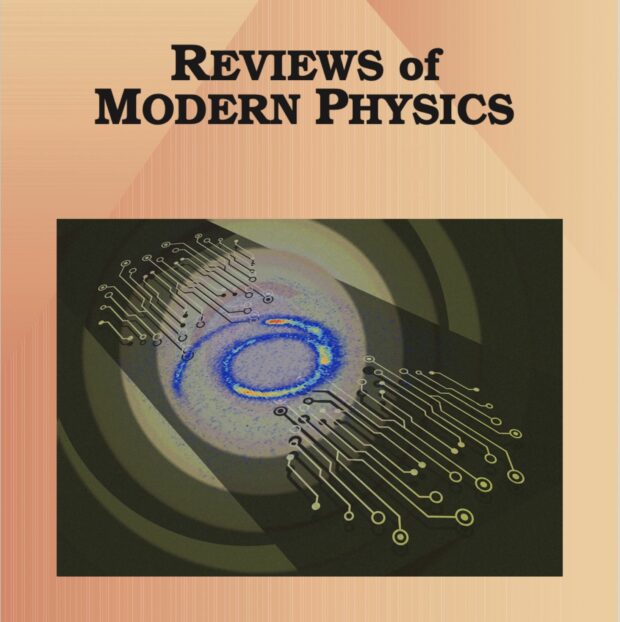Colloquium: Miniature insect flight
IF 44.8
1区 物理与天体物理
Q1 PHYSICS, MULTIDISCIPLINARY
引用次数: 0
Abstract
Many of the existing winged-insect species are extremely small (wing ); they are referred to as miniature insects. Yet, until recently much of our knowledge about the mechanics of insect flight was derived from studies on relatively large insects, such as flies, honeybees, hawkmoths, and dragonflies. Because of their small size, many miniature insects fly at a Reynolds number () on the order of 10 or less. At such a low , the viscous effect of the air is substantial: A miniature insect moves through the air as a bumblebee would move through mineral oil. The great importance of viscosity for miniature insects means that their flight relies on physical mechanisms that are different than those exploited by large insects. These differences range from the nature of the wing stroke to the structure of the wings, with some insects even using porous (bristled) wings to fly. Over the past decade, much work has been done in the study of the mechanics of flight in miniature insects: novel flapping modes have been discovered and new mechanisms of aerodynamic-force generation have been revealed; progress has also been made on fluid-mechanics-related flight problems such as flight power requirements and flight dynamic stability. This Colloquium reviews these developments and discusses potential future directions.

学术讨论会:微型昆虫飞行
现存的许多有翅昆虫都非常小(翅长≈0.3-4 毫米),被称为微型昆虫。然而,直到最近,我们关于昆虫飞行力学的大部分知识都来自于对相对大型昆虫的研究,如苍蝇、蜜蜂、鹰蛾和蜻蜓。由于体型较小,许多微型昆虫的飞行雷诺数(Re)都在 10 或更低的数量级。在如此低的雷诺数下,空气的粘性效应非常大:微型昆虫在空气中的运动就像大黄蜂在矿物油中的运动一样。粘度对微型昆虫的重要性意味着它们的飞行依赖于与大型昆虫不同的物理机制。这些不同包括从翅膀划动的性质到翅膀的结构,有些昆虫甚至使用多孔(刚毛)翅膀来飞行。在过去十年中,人们在研究微型昆虫的飞行力学方面做了大量工作:发现了新的拍打模式,揭示了新的空气动力产生机制;在与流体力学相关的飞行问题(如飞行动力要求和飞行动态稳定性)方面也取得了进展。本次学术讨论会回顾了这些进展,并讨论了潜在的未来方向。
本文章由计算机程序翻译,如有差异,请以英文原文为准。
求助全文
约1分钟内获得全文
求助全文
来源期刊

Reviews of Modern Physics
物理-物理:综合
CiteScore
76.20
自引率
0.70%
发文量
30
期刊介绍:
Reviews of Modern Physics (RMP) stands as the world's foremost physics review journal and is the most extensively cited publication within the Physical Review collection. Authored by leading international researchers, RMP's comprehensive essays offer exceptional coverage of a topic, providing context and background for contemporary research trends. Since 1929, RMP has served as an unparalleled platform for authoritative review papers across all physics domains. The journal publishes two types of essays: Reviews and Colloquia. Review articles deliver the present state of a given topic, including historical context, a critical synthesis of research progress, and a summary of potential future developments.
 求助内容:
求助内容: 应助结果提醒方式:
应助结果提醒方式:


